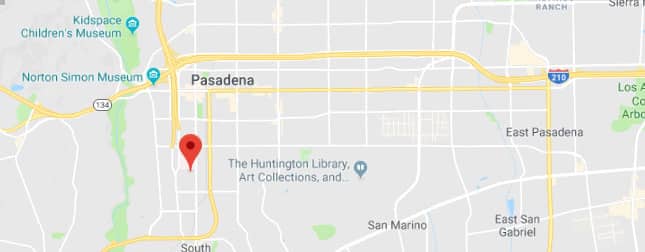 It is apparent that the nasolabial angle consists of two lines when viewing the facial profile. The first line extends from the nasal tip to the area above the upper lip.
It is apparent that the nasolabial angle consists of two lines when viewing the facial profile. The first line extends from the nasal tip to the area above the upper lip.
The second line runs from the upper lip to the bottom of the nose where the nostrils divide.
The Angle
The nasal projection and tip rotation affect the degree of the nasolabial angle. The surgeon will try to develop a 0- to 95-degree nasolabial angle in males and a 100- to 105-degree angle in females for most patients. Adjusting the projection and rotation of the nose can refine this angle.
Board certified facial plastic and reconstructive surgeon Dr. Eric Yavrouian provides rhinoplasty to patients in Glendale, Pasadena, Burbank, Greater Los Angeles, Beverly Hills, CA, and surrounding locations.
Adjusting the CLA
The columella-labial angle (CLA) is an important parameter to be evaluated in nose surgery patients to attain desirable results.
An increase in the CLA causes an upward tilt in the nasal base as well as an associated reduction in the length of the nose. This aspect is frequently overlooked due to diverse nose structures, and this leads to sub-optimal surgical results.
The columella and upper lip share a complex relationship. It is difficult to maintain a particular angle in rhinoplasty patients. Doing so involves various techniques such as nasal cartilage adjustments, suturing techniques, and cartilage grafts.
The caudal septum, nasal spine, and medial crura of the lower lateral cartilage influence the shape of the columella. For this reason, these factors contribute to determining the CLA.
The most aesthetically appealing columella-labial angle is 95 to 100 degrees in men and 100 to 110 degrees in women on profile view. The normal columellar display lies between two to four mm. If the columella hangs extensively, it can adversely impact the appearance of the nose in a significant manner.
Tent Pole Grafting
The ‘tent pole graft’ is an innovative technique used to set and preserve the columellar lip angle. This graft functions in a manner which is similar to the septo-columellar interpositional grafts.
To place the grafts, there is no need to dissect or delineate the upper lateral cartilages from the septum. The tent pole graft is used in difficult revision rhinoplasty procedures as well as cases there to tip projections needs to be increased significantly.
In this technique, the surgeon fixes a piece of cartilage to the columellar strut in the desired position. Then they determine the optimal angle by fixing the posterior end of the graft temporarily with a needle to the supratip cartilaginous dorsum.
After determining the CLA, the surgeon sutures the graft to the dorsum. The tent pole graft allows the extensive columellar strut to be stable and helps the tip not to fall back. This allows the benefits of maintaining the nasal tip and creating the desired CLA.
A surgeon may use the tent pole technique when the tip needs support in revision rhinoplasty cases and for patients who require tip or columella lengthening. It is also a suitable technique for patients with short noses. This graft can be maneuvered to change the nasolabial angle or CLA easily.
The tent pole graft is particularly useful for patients who cannot undergo a septal extension graft or in cases where it is difficult to fix. For example, it can be appropriate for patients with mild to moderate short noses.
Facial plastic and reconstructive surgeon Dr. Eric Yavrouian receives patients from Glendale, Pasadena, Burbank, Greater Los Angeles, Beverly Hills, CA, and nearby areas for rhinoplasty.
For more information about treatments and procedures by Facial Plastic and Reconstructive Surgeon, Dr. Eric J. Yavrouian, serving patients in and around Glendale, Pasadena, Burbank and the Greater Los Angeles, CA area call 818-241-2150 or click here to contact him for a consultation.






